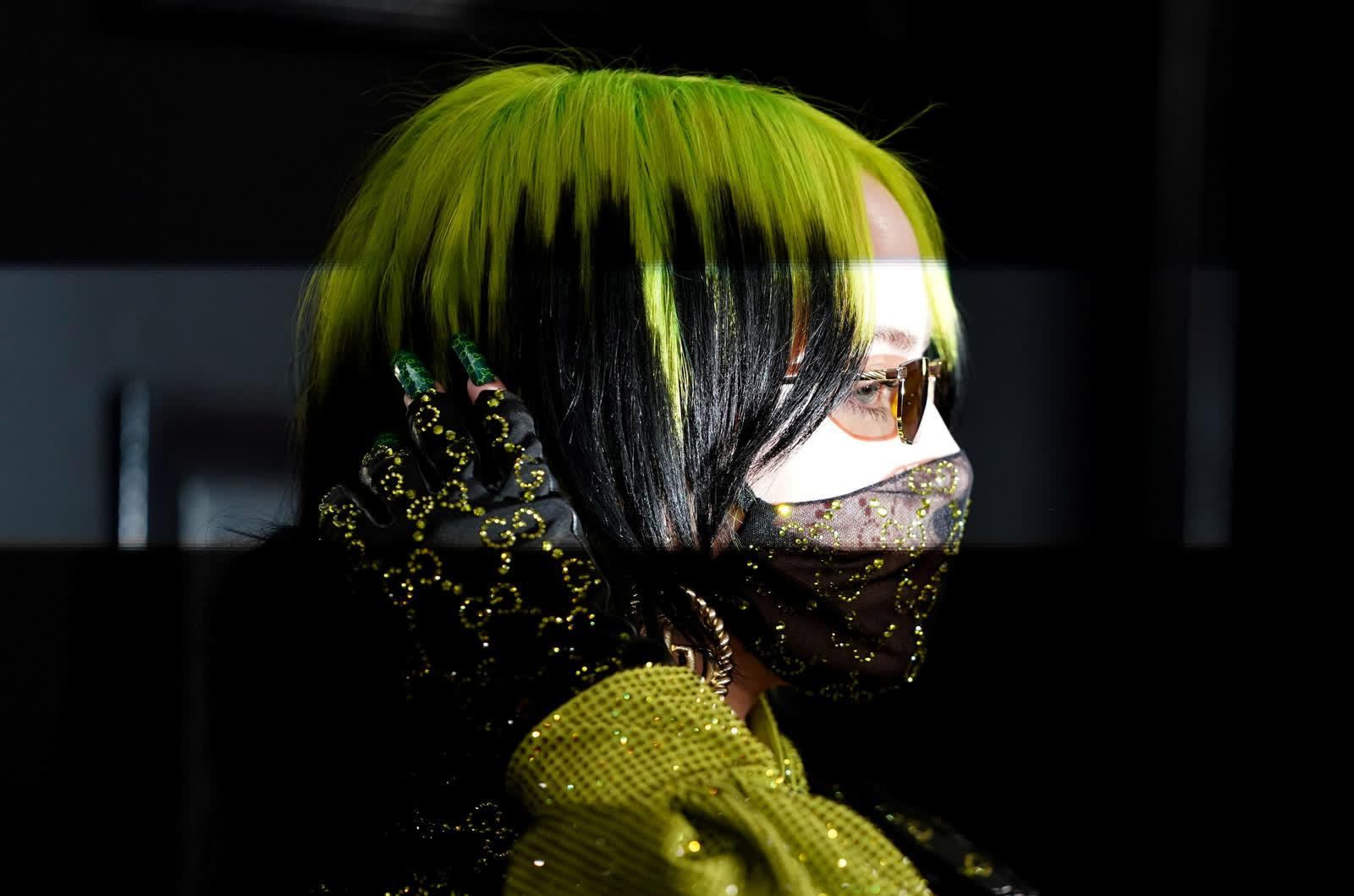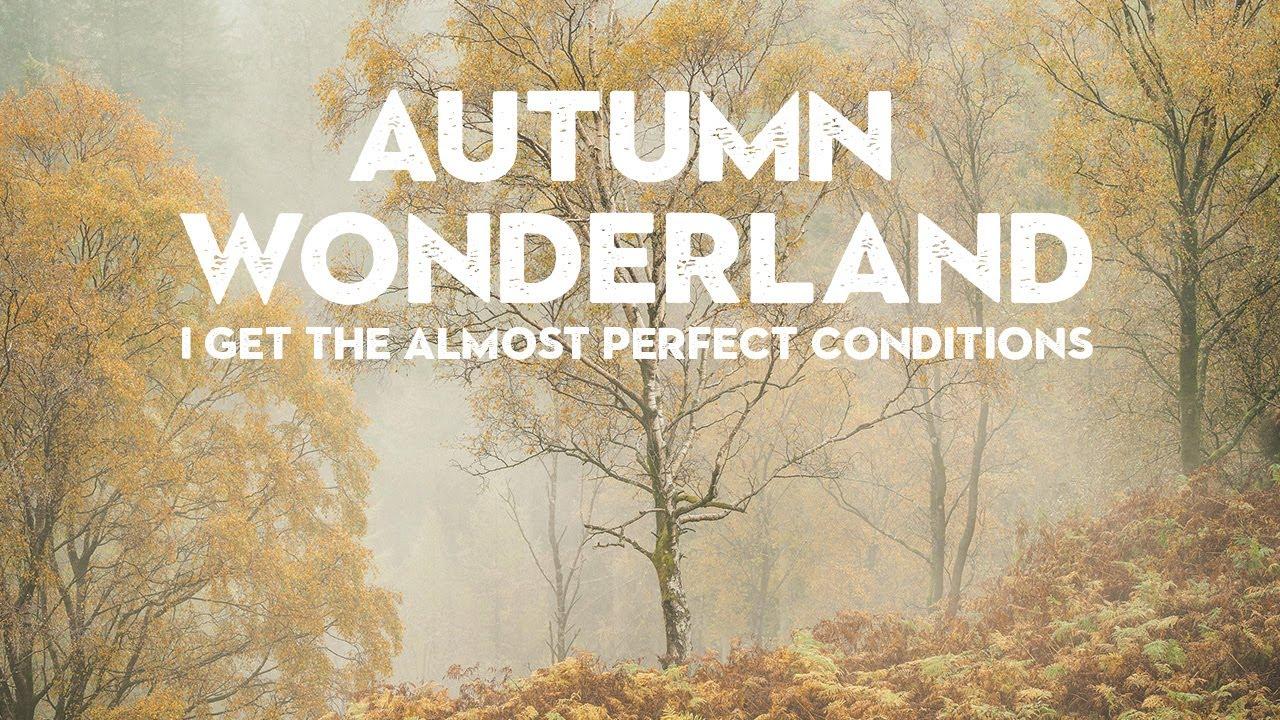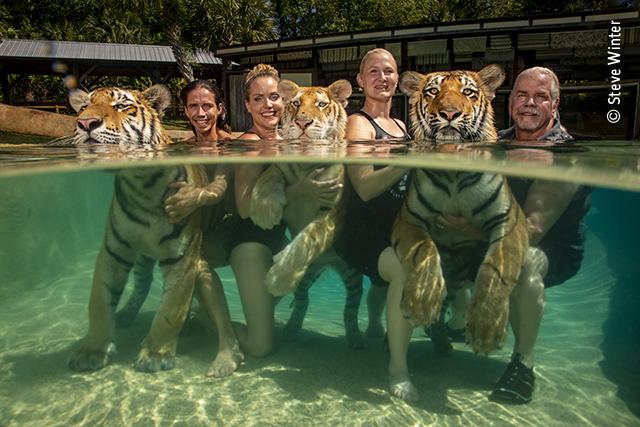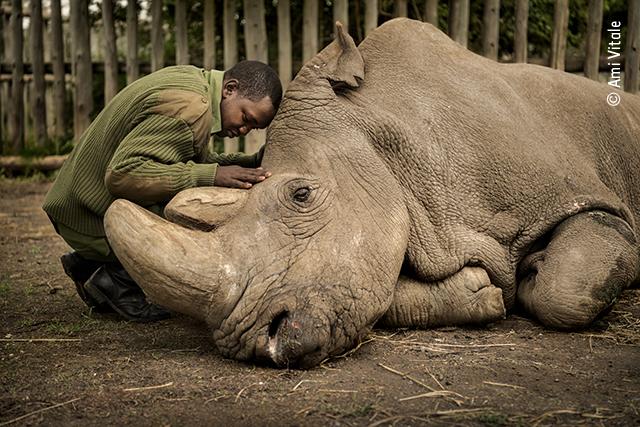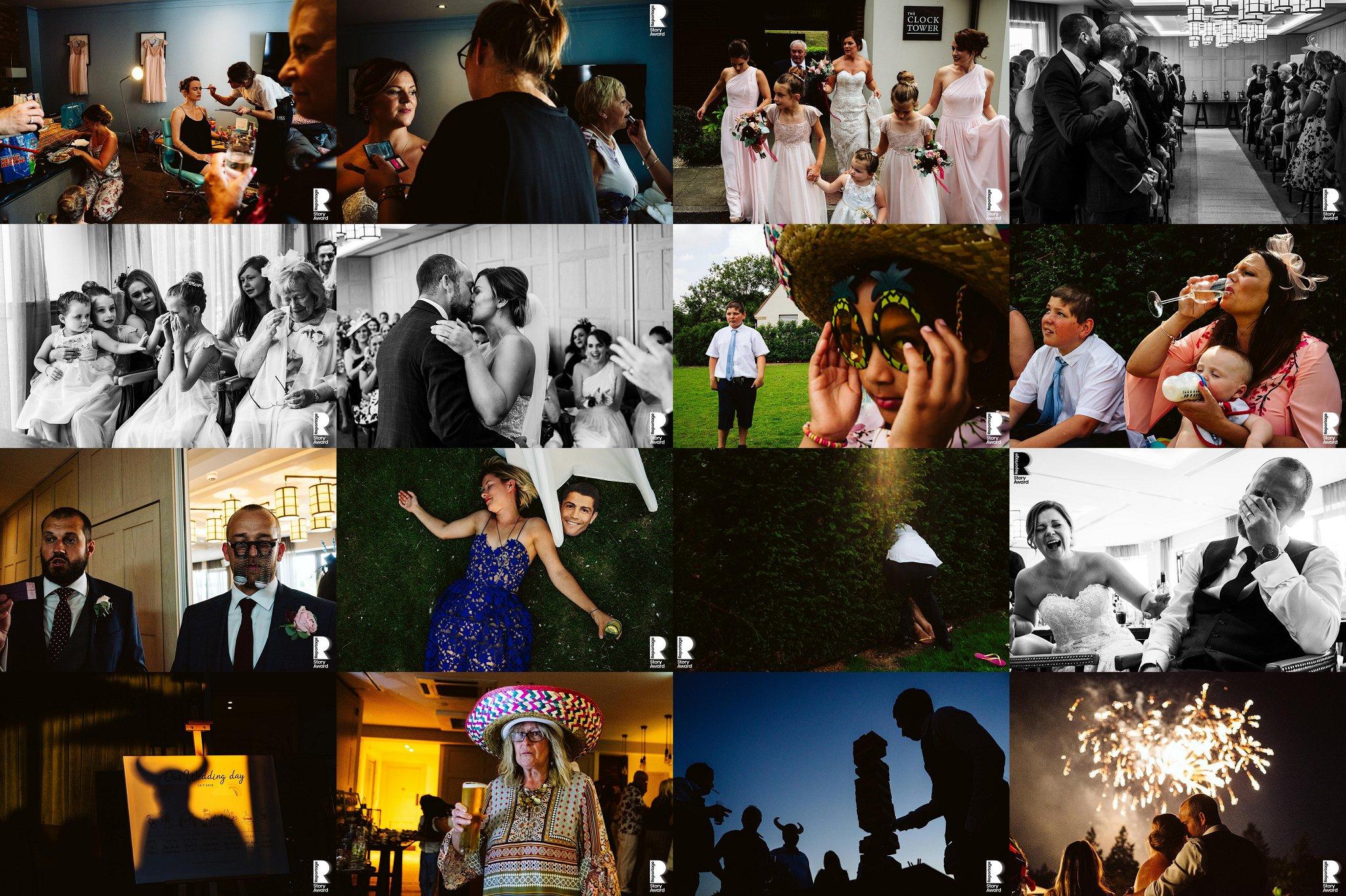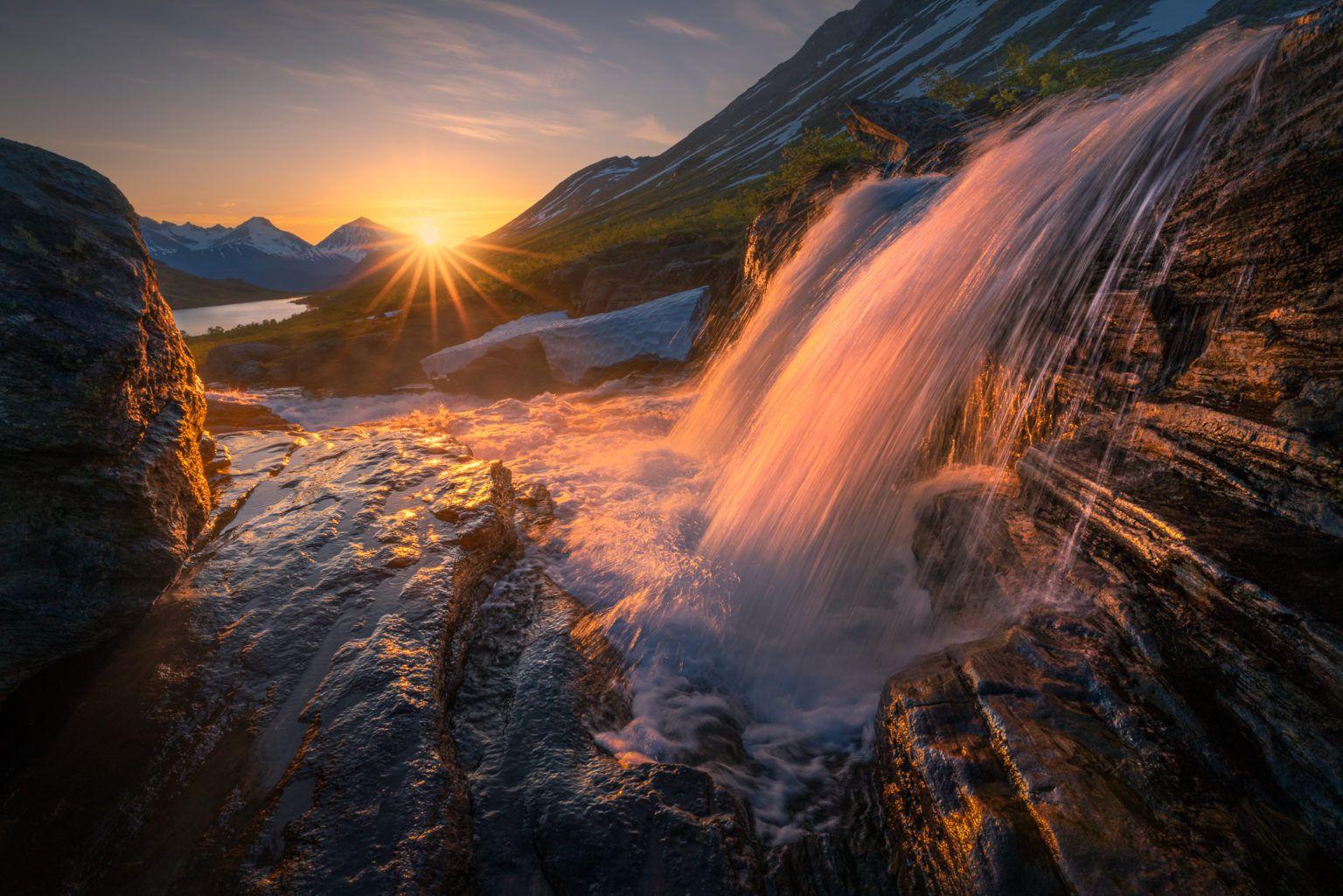
I vividly remember how stunned I was by the landscape images I saw when I started with photography. It was beyond me how someone could create such beautiful and striking images. Those artists inspired me, but they also created a strong desire to improve my own photography.
I set out on a long journey, and in this article I will share some of the lessons I learned along the way which may help you to improve your skills as a landscape photographer.
INNER DRIVE
There must be a strong desire or inner push to want to go those extra miles to evolve as a landscape photographer. Why? Because there are no shortcuts. There is a strong correlation between hard, persistent work and results. In other words, you have to put in the hours. There is no way around spending hours in the field or behind the computer. No way around repeatedly coming back to the same locations in various lighting and weather conditions. There will be disappointments and setbacks along the road which only a strong inner drive can conquer.
POST-PROCESSING
It did not take long to realize that it is very rare that an image straight out of the camera does justice to my vision. Or to the scene. I realized that I had to invest in learning post-processing with all the pitfalls that come with it. In such a learning process, you have to be patient with yourself and accept that you may overdo things. I have done it all, severely clipped the blacks, severely clipped the highlights, and, of course, over-saturated way too many images. However, as your senses are trained, you will learn to find the right balance. When I started, I couldn’t afford to purchase a lot of tutorials. However, I found that PhLearn had many free Photoshop tutorials, which I repeatedly watched until I mastered the approaches they taught.
Perhaps night images are the best example of how critical post-processing is to the final result.
COMPOSITION
An impactful image usually has a well thought out composition with the various elements in a scene having a good balance. For me, this means a strong foreground element that anchors the composition. Out in the field, I also try to think of leading lines and diagonals. These are elements that will add depth, three-dimensionality, and visual interest to a scene. Let’s have a look at three images, each with a strong compositional element:
Foreground elements: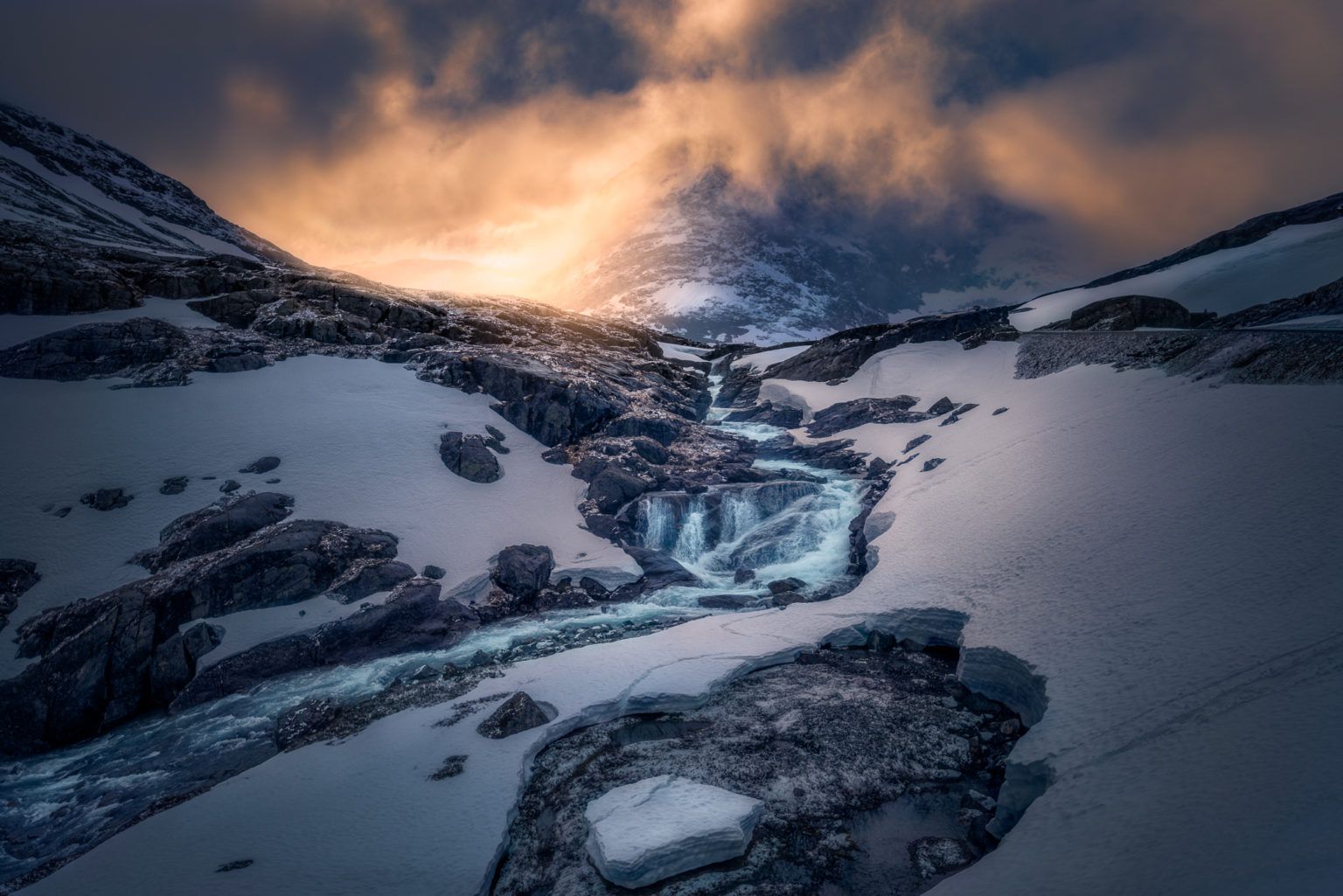
COLOR BALANCE
An image with a good color balance is harmonious to the eyes. For example, having the same blue tones in the water reflected in the sky is pleasing. Color balance also means that you have to learn about complementary colors and how they affect our senses. I posted the image below on Facebook, and after posting, something nagged me about it. It took a couple of days before I saw that the sky’s blues were way too warm compared to the foreground water.
ARTISTIC VISION
Don’t fret too much about evolving a style of your own. We are all unique individuals, bound to shine through in everything we do, including photography. The time factor and our efforts will enhance and develop our own personal approach to a scene. I have many a time stood shoulder to shoulder with a good friend shooting the same scene. However, when I see his interpretation of the scene, I sometimes wonder if we actually stood there together. We have evolved differently and have different artistic visions, and we cannot help it.

